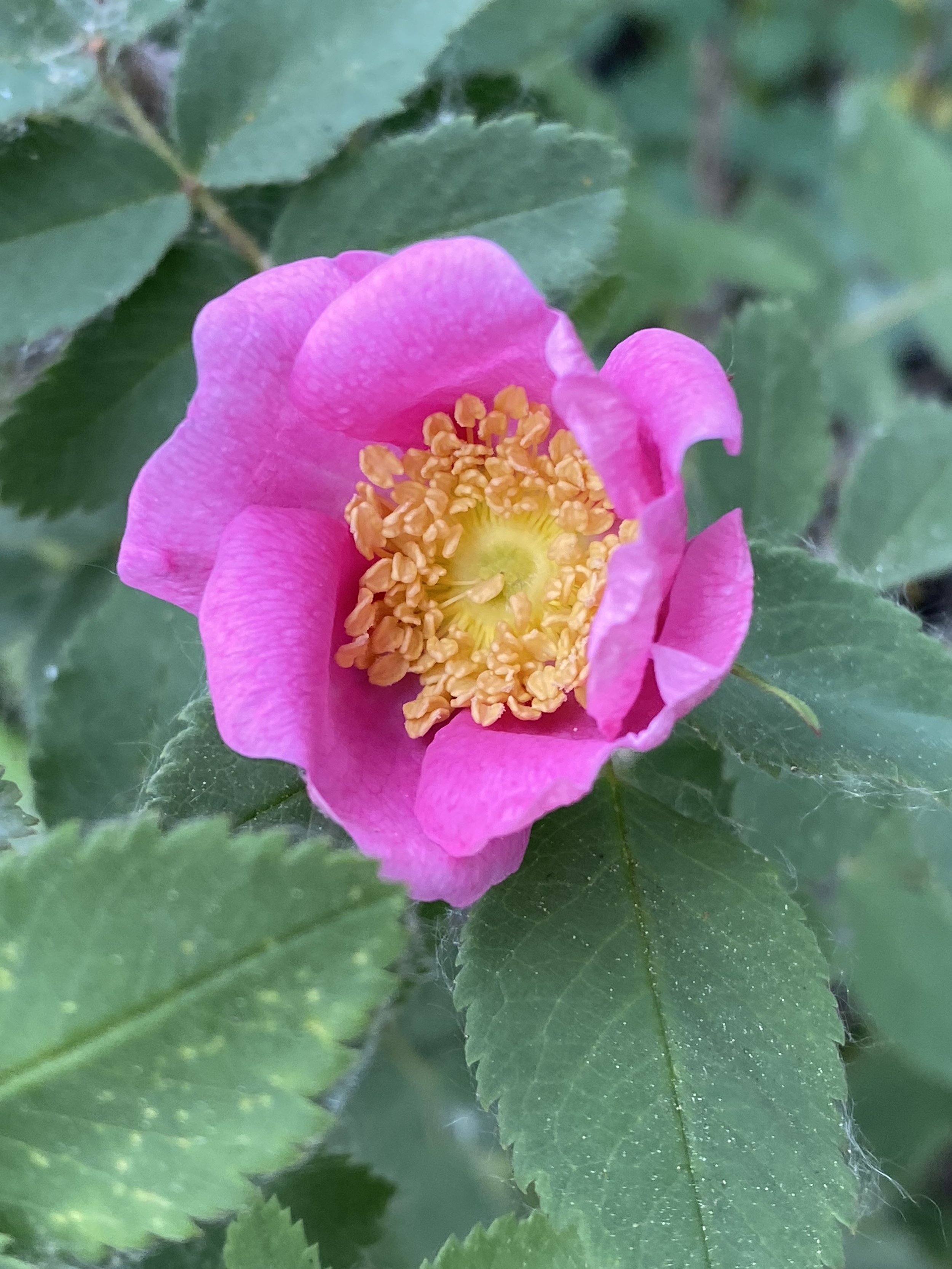Penstemon strictus, June 16, 2022
P. strictus, roadside 8,700’, June 20, 2022
P. strictus. roadside, 10,400’, July 28, 2022
Common & scientific name
Rocky Mountain penstemon, Penstemon strictus
Family
Plantain, Plantaginaceae
Location
Roadside, 8,300’
Fun, weird, helpful, or little known fact
In her fabulous local guide, Wild at Heart, Janis Huggins notes that “with more than 250 species . . . [penstemon] is the largest genus of flowering plants native to North America and one that is still actively evolving—closely related species in the same vicinity readily hybridize.” This being said, it is impossible to mistake our regal Rocky Mountain penstemon for any other kind. It grows only near the bottom of the Pass in sunny, dry areas, and is by far the tallest and lightest blue-lavender of the Pass’s half-dozen species.
P. strictus, Weller, 9,500’, July 11, 2022













































